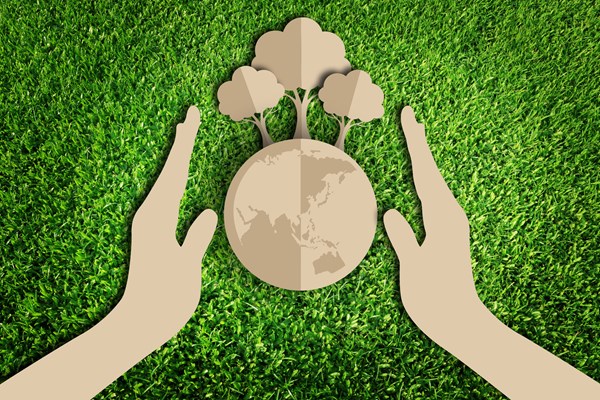We all know that our environment is facing challenges, but we may not be aware of the extent of these problems. Below are 10 of the biggest problems our world is facing. Some of these are, themselves, drivers of other problems; for instance, overpopulation is a problem within itself, but may lead to other serious issues such as water and food shortage. Others are effects caused by human actions, such as pollution, waste disposal and over-fishing. In fact, a number of the below problems could be attributed to lack of appropriate education about how to live an environmentally-friendly life without having to make drastic changes to our lifestyle.
- Overpopulation: The population of the planet has tripled in the last 60 years, and this has a negative effect on the environment. More people means more natural resources are required, so the more the population increases, the closer the planet gets to unsustainable levels and shortages of water, food and fuel. The need for more food has resulted in intensive farming practices, and a higher use of harmful substances to achieve this, such as pesticides and chemical fertilizers.
- Over-fishing: At the current rate of fishing, it has been estimated that there will be no fish left in the sea by the year 2050. Over-fishing has already led to the extinction of many species of fish, and this is only going to increase, as the demand for seafood increases alongside a growing world population.
- Pollution: When we talk about pollution, we often think of the air, but pollution is a problem for water and soil as well, and it is a problem that requires millions of years to recover from. Water is polluted mainly by oil spills and acid rain, as well as plastics that we dispose of. Soil is polluted by heavy metals, nitrates and plastic. Air pollutants include fossil fuel combustion and chemicals released by factories.
- Deforestation: In the past 30 years, half the rainforests in the world have been destroyed, and trees are dying at a higher rate than ever before, for a variety of reasons, including poor forest management and climate change-driven drought, as well as forest fires. This has a detrimental effect on our environment, as trees produce oxygen and therefore help to maintain air quality, temperature and rainfall. The increased demand for food and shelter means that more and more trees are being cut down, which worsens the problem.
- Ocean acidification: Over the past 250 years, the surface acidity of the ocean has increased by around 30% and is estimated to increase by 150% by 2100. This is a result of excessive production of carbon dioxide, which is absorbed into the ocean. This has a harmful effect on marine life, such as shellfish and plankton, by dissolving their skeletons.
- Ozone layer depletion: Depletion of the ozone layer, which forms a protective barrier from harmful UV rays from the sun, is a result of pollution, particularly by chlorine and bromide found in chlorofluorocarbons (CFCs) which cause holes to form in the ozone layer. The Environmental Protection Agency says that a single chlorine atom can break down more than 100,000 ozone molecules. So, it makes sense that CFCs have been banned from many products and industries.
- Loss of biodiversity: Human activities are leading to the extinction of other species and their habitats. This has a domino effect on the food-chain, ultimately affecting entire ecosystems. The loss of biodiversity that our planet is facing today is often referred to as ‘The Sixth Extinction,’ and it will probably impact our world for millions of years.
- Climate change: Climate change happens because of global warming, but human activities also contribute to the problem, and the damage cannot be reversed. Some of the outcomes include changes in the seasons, melting of polar ice caps, flooding and the onset of new diseases. The development of greener energy production to replace fossil fuels is the best way to try to reduce climate change.
- Clean water: Clean drinking water is becoming increasingly scarce. In fact, a third of the world population has inadequate access to clean water, and this is expected to rise by up to two thirds by 2050 – a massive amount. The growing population and the increase in pollution are only making the problem worse, particularly toxins entering our waters through industrial development. One of the proposed solutions is desalinization.
- Waste disposal: Massive amounts of rubbish are created and dumped around the world, and a large amount of this is made of plastic, which is difficult to decompose. Waste ends up in landfills and our oceans, posing a threat to human life, as well as other species, and to the environment. Recycling efforts help to reduce the problem, but this needs to be stepped up to a much larger scale if we want to make a difference.
References
https://thinkprogress.org/global-tree-cover-loss-reaches-a-record-high-in-2016-cb318998bc79/


